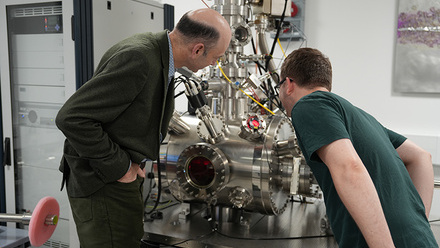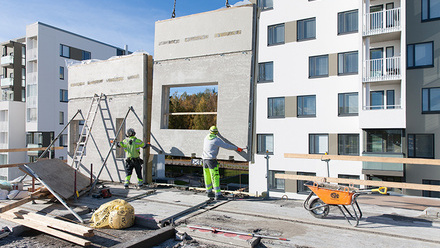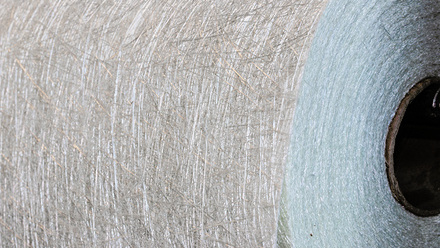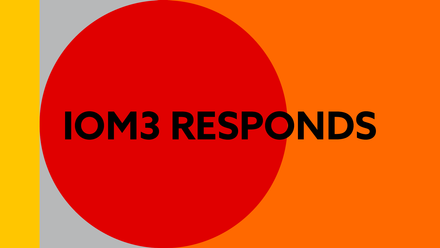3D-printed vaccine patch offers vaccination without a jab
US researchers from Stanford University and the University of North Carolina Chapel Hill develop microneedle vaccine patch, which they claim delivers stronger immune response than a vaccine jab.

The trick is applying the vaccine patch directly to the skin, which is full of immunie cells that vaccines target, say researchers.
The resulting immune response from the vaccine patch was 10 times greater than vaccine delivered into an arm muscle with a needle jab, according to a study published by the scientists in the Proceedings of the National Academy of Sciences.
'In developing this technology, we hope to set the foundations for even more rapid global development of vaccines, at lower doses, in a pain- and anxiety-free manner,' says Joseph M DeSimone, Professor at Stanford University.
The ease and effectiveness of a vaccine patch sets the course for a new way to deliver vaccines, less invassive than a jab, does not require cold storage and can be self-administered.
Study results shoe the vaccine patch generated a significant T-cell and antigen-specific antibody response that was 50 times greater than subcutaneous injection delivered under the skin.
The heightened immune response could lead to dose sparing, with a microneedle vaccine patch using a smaller dose to generate similar immune response as a vaccine delivered with a needle and syringe.
While microneedle patches have been studied for decades, the work by Carolina and Stanford aims to overcome past challenges - through 3D printing, the microneedles can be easily customised to develop various vaccine patches for flu, measles, hepatitis or COVID-19 vaccines.







